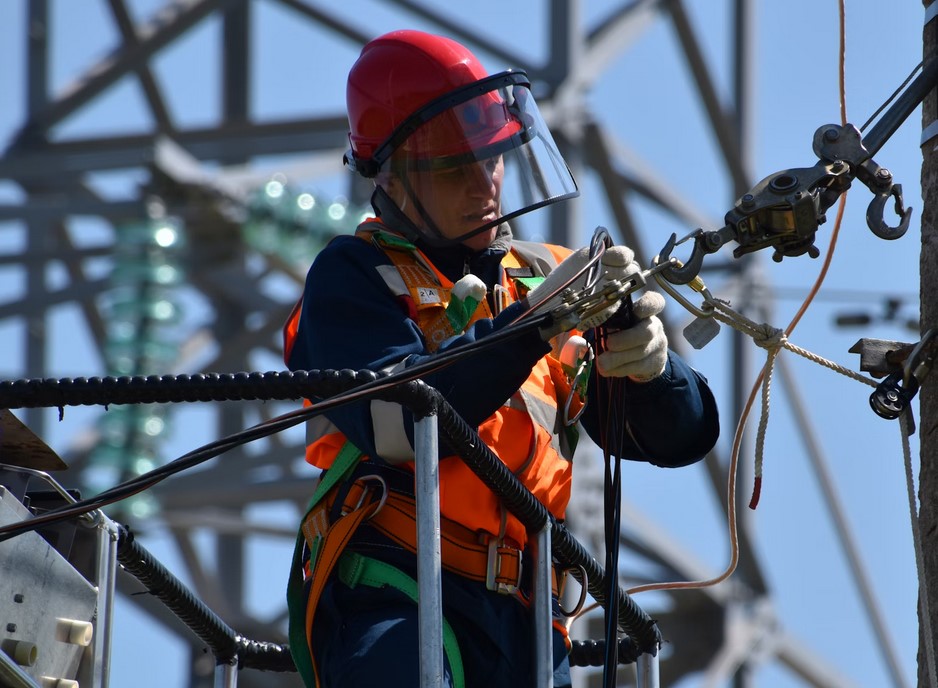In the complex landscape of modern engineering projects, integrated electrical designs have become increasingly crucial. By seamlessly blending electrical planning with the overall design and execution phases, these integrated approaches drive efficiency, enhance communication among project teams and significantly improve the outcomes of construction and infrastructure projects. As a PhD in Electrical Power Engineering, I have observed firsthand the transformative impact of well-implemented integrated designs on project timelines, costs, and overall success.
The Advantages of Integrated Electrical Designs
Increased Efficiency
Integrated electrical designs streamline project management by aligning electrical system planning with mechanical and structural engineering. This synchronization reduces rework and delays, allowing for a smoother project flow and faster completion. The early involvement of all engineering disciplines ensures that potential problems are identified early, reducing the costly impacts of changes made during later stages of construction.
Enhanced Collaboration
The holistic nature of integrated designs fosters better collaboration between architects, engineers, and contractors. By sharing a unified model or design framework, teams can work concurrently, ensuring that electrical systems are perfectly meshed with the building’s physical and functional requirements. This collaborative environment speeds up the decision-making process and enhances the final product’s quality.
Cost Reduction
One of the most significant benefits of integrated electrical designs is the cost efficiency they bring to projects. Early integration helps identify the most economical methods and materials for the electrical installation while also optimizing energy consumption for the facility’s life. Additionally, the overall project cost can be substantially lowered by minimizing the need for revisions and reducing material waste.
Key Components of Integrated Electrical Designs
Software Tools
Advanced software tools like CAD (Computer-Aided Design) and BIM (Building Information Modeling) are at the heart of integrated electrical designs. These technologies allow for the creation of detailed, three-dimensional representations of electrical systems that are fully coordinated with other building systems. Such tools enable continuous updates and revisions, are accessible to all stakeholders, and ensure everyone works from the latest design.
Standardization of Components
Using standardized components in integrated designs simplifies the installation and maintenance of electrical systems. Standardization ensures that parts are interchangeable and meet predefined quality and performance criteria, which is crucial for the reliability and safety of the electrical installations.
Smart LV Switchboards and Switchgear
The LV switchboards and switchgear are essential components in enhancing project outcomes through integrated electrical designs. These advanced systems ensure efficient power management and distribution, crucial for large-scale and complex projects. By offering real-time monitoring and automated control, intelligent switchboards optimize energy usage and maintain a consistent power supply, preventing downtime and enhancing operational efficiency. Furthermore, their modular design allows for easy scalability and flexibility, accommodating future expansions or technological upgrades without significant disruptions. Equipped with robust safety features, they ensure compliance with industry standards, providing a secure environment for personnel and equipment. This combination of efficiency, flexibility, and safety makes smart LV switchboards and switchgear integral to achieving improved project outcomes in integrated electrical designs.
Customization Options
Despite standardized components, integrated electrical designs do not stifle creativity and flexibility. On the contrary, they provide a framework for customized solutions to meet specific project needs. This adaptability is particularly beneficial in projects with unique challenges or requirements, such as custom lighting installations or specialized industrial equipment.
Challenges and Solutions
Despite their benefits, integrating electrical designs into broader architectural and engineering plans can take time and effort. Issues such as team resistance to new technologies or methods and the initial cost of software can impede integration efforts. Additionally, the complexity of coordinating multiple disciplinary inputs and aligning them with project timelines presents substantial logistical challenges. However, strategies such as ongoing training and phased technology rollouts can help mitigate these challenges. Adopting a more inclusive approach to project management and decision-making can also ease the integration process, fostering a culture of innovation and cooperation across teams.
Future Trends
Given the continuous evolution of AI and machine learning, the future of integrated electrical designs looks promising. These technologies are expected to further enhance the precision of electrical designs and automate routine design tasks, further streamlining the integration process. Emerging trends also point towards integrating IoT devices and intelligent sensors into electrical systems, allowing for real-time monitoring and more dynamic control of electrical infrastructures. As these technologies mature, they will enable more sophisticated predictive maintenance capabilities and energy optimization strategies, revolutionizing how electrical designs are integrated into broader architectural and engineering frameworks.
Conclusion
Integrated electrical designs represent a paradigm shift in how industries approach project planning and execution. The coordination, efficiency, and cost-effectiveness they bring to projects make them indispensable in today’s fast-paced construction and engineering environments. As industries continue to evolve, the reliance on these integrated approaches will only increase, making them critical for anyone looking to succeed in the electrical engineering field. Embracing these practices is not just a strategic move while staying competitive and relevant in the industry’s future is necessary.



